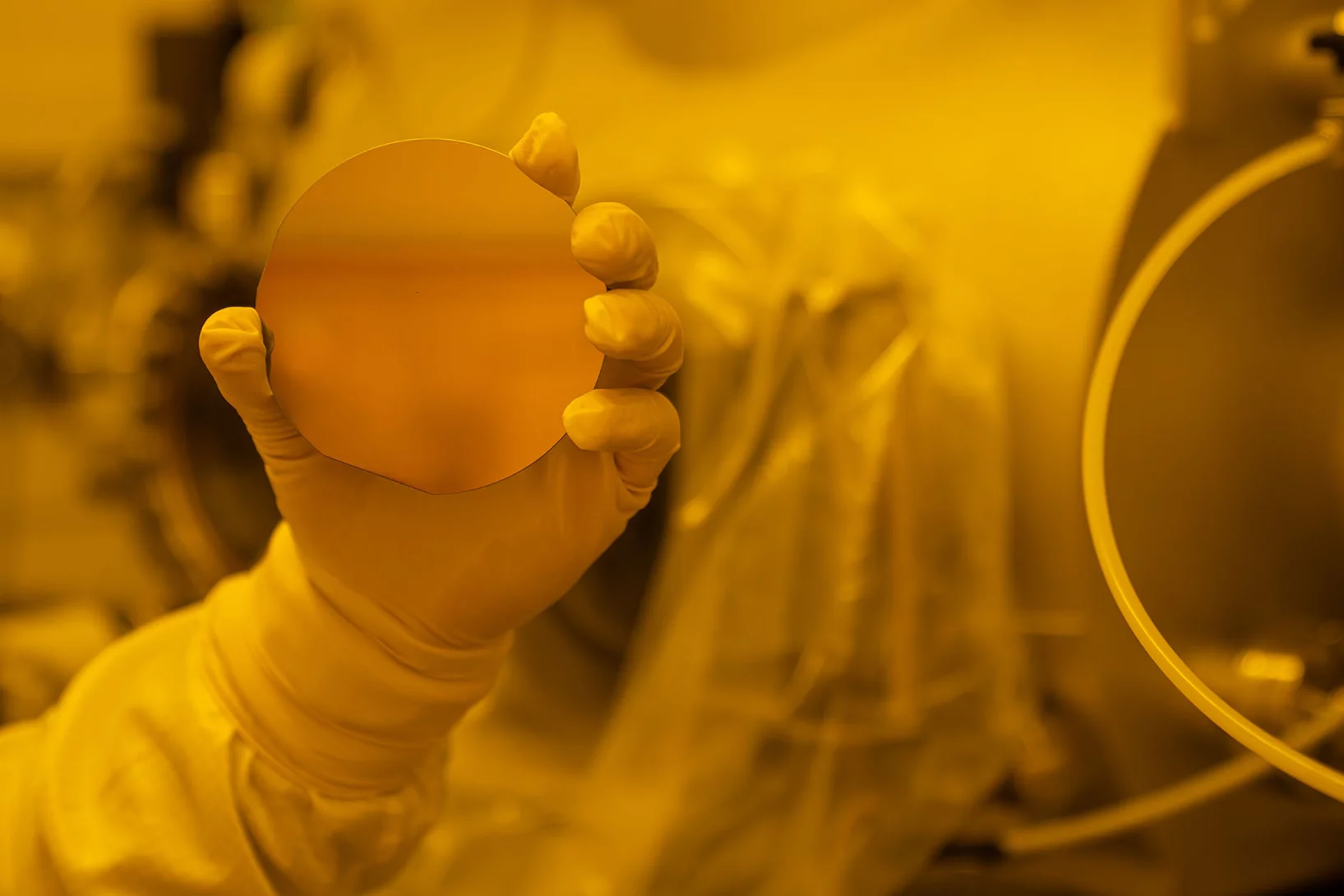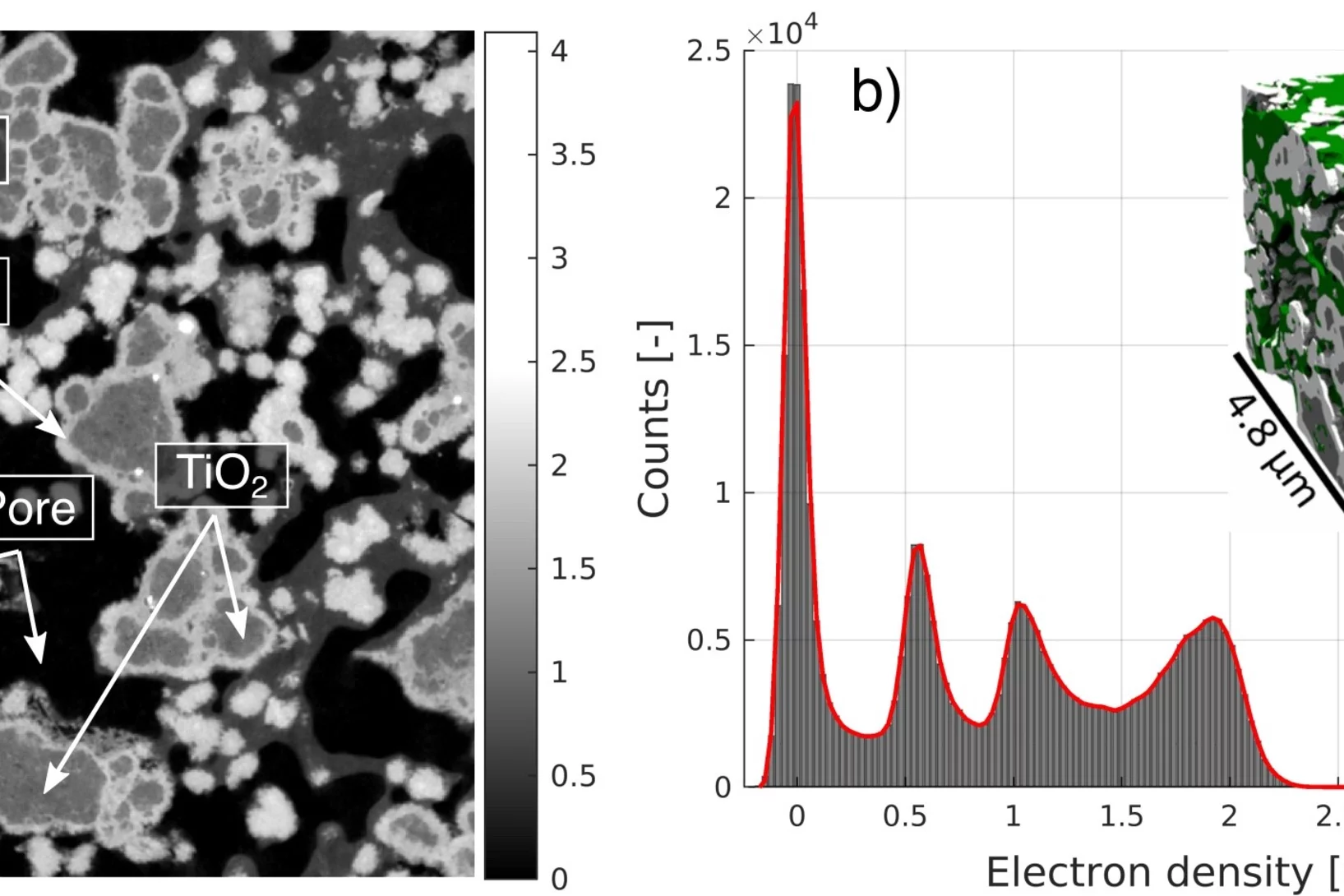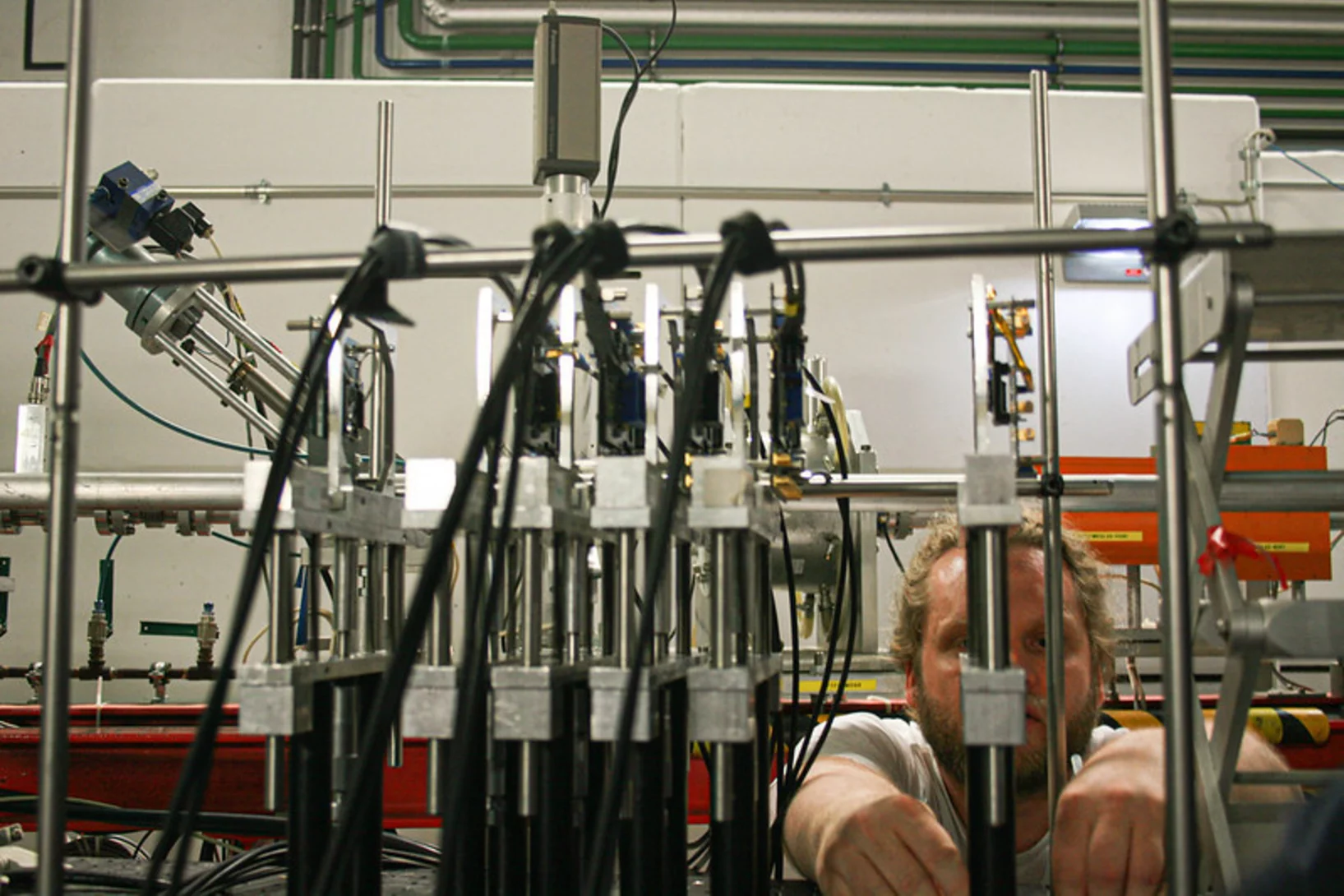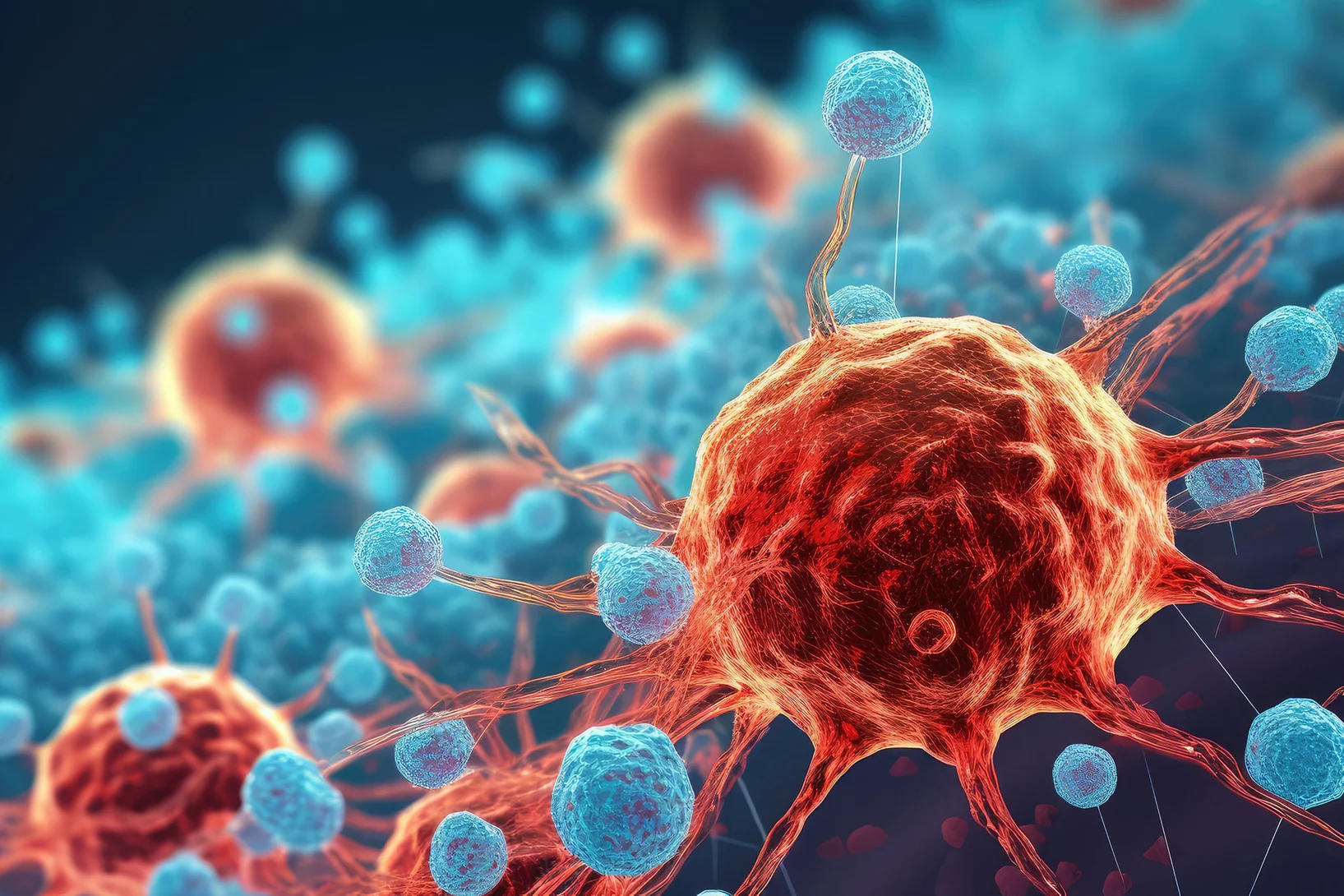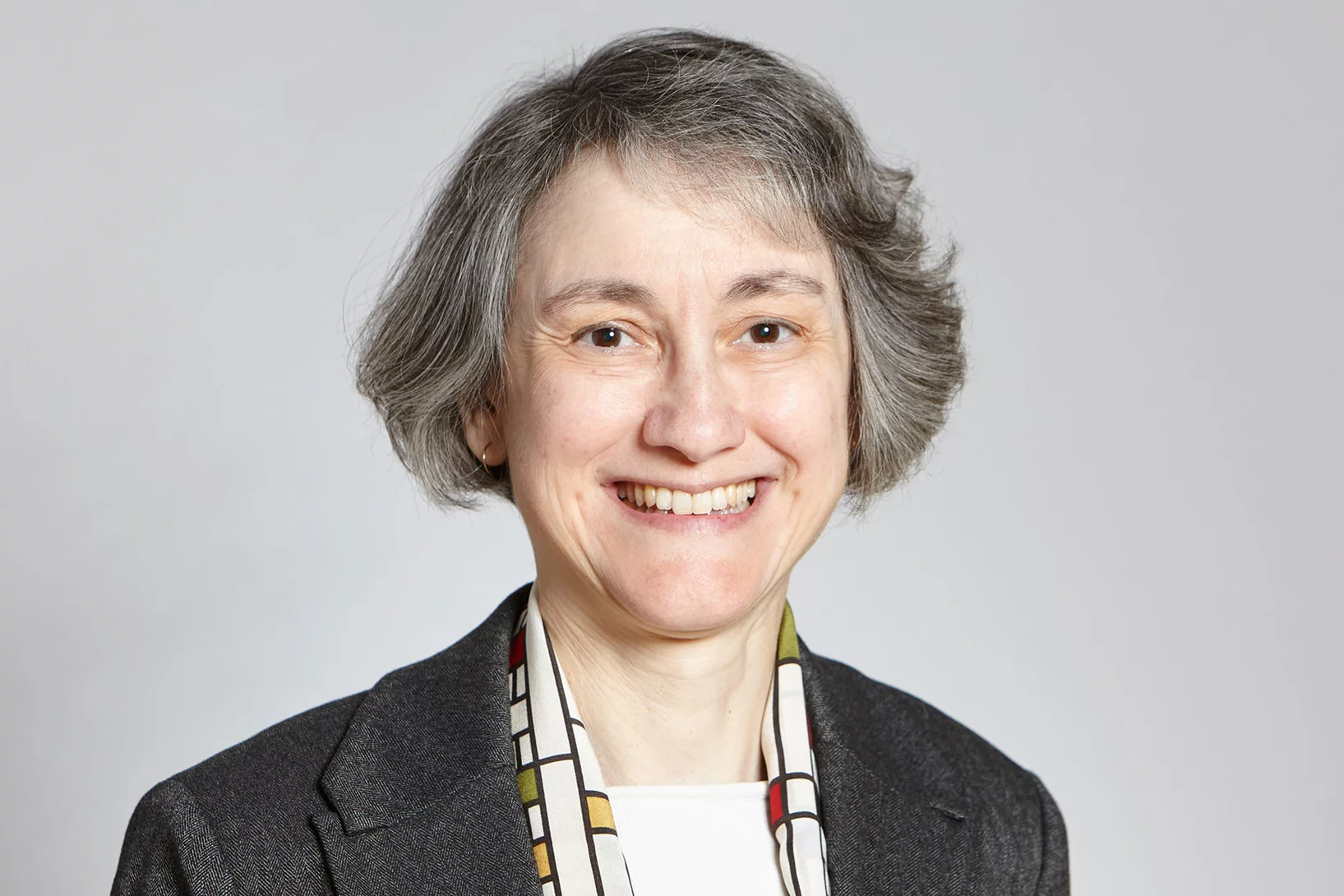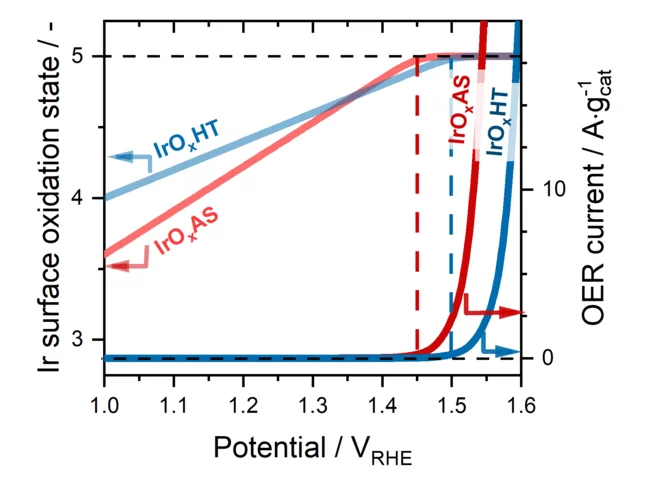At PSI, several projects are dedicated to important research questions concerning the Sars-CoV-2 coronavirus and the resulting diseases. We provide information on activities and projects, for example on investigations of lung tissue, on the production of proteins and antibodies or on ideas for new research on Covid-19.
Useful links
Tuning magnetoelectricity in a mixed-anisotropy antiferromagnet
Control of magnetization and electric polarization is attractive in relation to tailoring materials for data storage and devices such as sensors or antennae. In magnetoelectric materials, these degrees of freedom are closely coupled, allowing polarization to be controlled by a magnetic field, and magnetization by an electric field, but the magnitude of the effect remains a challenge in the case of single-phase magnetoelectrics for applications.
Event: "LGBTQIA+ in the Workplace - More Inclusion, More Innovation, More Success"
On the occasion of Pride Month in June, the research institutes PSI, Empa, Eawag and WSL invited the three guests: Prof Dr Andrea Gurtner, Prof Michael Ramsey-Musolf and Dr Aswathi Kanjampurath Sivan. We are looking forward to the latest findings and a lively exchange with the three guests and the participants!
Mirror, mirror on the wall…
…. Now we know there are chiral phonons for sure
A compact gas attenuator for the SwissFEL ATHOS beamline realized using additive manufacturing
Gas attenuators are important devices providing accurate variation of photon intensity for soft X-ray beamlines. In the SwissFEL ATHOS beamline front-end the space is very limited and an innovative approach has been taken to provide attenuation of three orders of magnitude up to an energy of 1200 eV. Additive manufacturing of a differential pumping system vacuum manifold allowed a triple pumping stage to be realized in a space of less than half a meter. Measurements have shown that the response of the device is as expected from theoretical calculations.
PSI Alumni Careers: Gesara Bimashofer – from PhD at NUM to Consultant at APP Unternehmensberatung AG
The PSI Career Blog features PSI alumni and their career paths to highlight the versatility of the PSI community, and inspire the young generation. Today with Gesara Bimashofer, who is telling us about her journey from a PhD at PSI to being a consultant at APP Unternehmensberatung AG in Bern.
PSI researchers use extreme UV light to produce tiny structures for information technology.
Synchrotron light can be used in follow-up after a heart transplant to determine whether the body may be rejecting the new organ.
An algorithm for sharper protein films
A newly developed algorithm allows measurements performed at X-ray free-electron lasers to be evaluated more efficiently.
Polymer electrolyte water electrolysis: Understanding the microstructure of a core-shell based anode catalyst layer
Reducing precious metal loading in the anodic catalyst layer (CL) is indispensable for lowering capital costs and enabling the widespread adoption of polymer electrolyte water electrolysis (PEWE). This work presents the first three-dimensional reconstruction of a TiO2-supported IrO2 based core shell catalyst layer, using high-resolution X-ray ptychographic tomography at cryogenic temperature of 90 K. The high data quality and phase sensitivity of the technique have allowed the reconstruction of all four phases namely pore space, IrO2, TiO2 support matrix and the ionomer network, the latter of which has proven to be a challenge in the past.
14th EMUG meeting, Ljubljana (Hybrid), 2023
Jožef Stefan Institute, EMUG 2023 (Hybrid)
Dr Christian Wäckerlin is appointed as assistant professor at EPFL
Dr Christian Wäckerlin (*1983), currently Research and Teaching Associate at EPFL and Project Leader at the Paul Scherrer Institute (PSI), as Assistant Professor of Physics in the School of Basic Sciences. Christian Wäckerlin’s research focuses on nanoscience and quantum engineering.
A close look at temperature profiles during laser 3D printing
Operando X-ray diffraction was used to measure process zone temperatures in laser powder bed fusion and compared with finite element simulations.
Beam test of pixel sensors at MAMI Mainz
We spent a week at the MAMI electron accelerator in Mainz testing MuPix11 pixel sensors. In particular we studied the behaviour at high rates, tested various operation points and took data for parametrising the sensor response in the simulation.
World Day for Cultural Diversity for Dialogue and Development
On May 21st, the World Day for Cultural Diversity for Dialogue and Development, a day initially declared by the UN General Assembly in 2002, acknowledges the value of cultures and intercultural dialogue in achieving peace and sustainable development. PSI researchers from 64 nationalities work together towards a common goal of advancing science for a better tomorrow. Today, we celebrate this cultural diversity by showcasing the favorite dishes of four PSI researchers.
Breaking the ground as a game
Construction of new PSI day-care centre begins.
Promising collaboration with ITM in the field of cancer therapy
PSI and ITM Isotope Technologies Munich SE (ITM), a leading radiopharmaceutical biotech company, have entered into a collaboration for the joint development of the production of a novel therapeutic radionuclide, terbium-161. In this collaboration, PSI and ITM will combine their respective technologies and expertise in the production of terbium-161, including clinical and commercial use in targeted radionuclide therapy for the treatment of cancer. The goal is to be able to offer cancer patients new and better treatment options.
Terbium-161 has been identified as a very promising therapeutic isotope for targeted radionuclide therapy in cancer due to its excellent physicochemical properties: The convincing therapeutic capabilities of terbium-161 have been demonstrated in various preclinical studies at PSI. The collaboration with ITM - a pioneer and major player in the field of radiopharmaceutical applications - aims to combine PSI's long-standing research with ITM's extensive knowledge to drive further innovation in radionuclide therapy.
With this collaboration, ITM expands its research and production portfolio alongside Lutetium-177 and Actinium-225, which are currently the most widely used medical radioisotopes for targeted radionuclide therapy and which ITM supplies to hospitals and pharmaceutical partners worldwide.
Marino Missiroli elected Trigger Coordinator of the CMS experiment at CERN
Marino Missiroli, a postdoctoral researcher in the High-Energy Particle Physics group of the Laboratory for Particle Physics (LTP) in NUM, will join the management team of the CMS experiment at CERN as Trigger Co-Coordinator in September 2023.
Deciphering the Mechanism of Crystallization of UiO-66 Metal-Organic Framework
Zirconium-containing metal-organic framework (MOF) with UiO-66 topology is an extremely versatile material, which finds applications beyond gas separation and catalysis. By means of in situ time-resolved high-resolution mass spectrometry, Zr K-edge X-ray absorption spectroscopy, magic-angle spinning nuclear magnetic resonance spectroscopy, and X-ray diffraction it is showed that the nucleation of UiO-66 occurs via a solution-mediated hydrolysis of zirconium chloroterephthalates, whose formation appears to be autocatalytic.
Hunting for the radius of a proton
0.000 000 000 000 840 87 (39) metres – scientists working at PSI have come up with this astonishing figure for the radius of a proton.
X-rays look at nuclear fuel cladding with new detail
Micro-beam measurements at the Swiss Light Source SLS give insights into the crystal structure of hydrides that promote cracks in nuclear fuel cladding.
Laura Heyderman elected Royal Society Fellow
Laura’s nomination recognises almost 30 years of research into magnetic materials and magnetism on the nanoscale.
A deep look into hydration of cement
Researchers led by the University of Málaga show the Portland cement early age hydration with microscopic detail and high contrast between the components. This knowledge may contribute to more environmentally friendly manufacturing processes.
Switzerland’s path to the net-zero target
The ETH institutions are pooling their expertise in pursuit of the net-zero target.
Automation trifft Adrenalin
Die zwei Automatiker Abschlussklassen der BBB Baden haben am 26. April und 27. April 2023 auf ihrer Abschlussreise das Mercedes-Benz Werk und den Europapark Rust besucht.
PSI Alumni Careers: Eric Wasson Burns – from PhD at NUM to Associate in the Climate Team at Deep Science Ventures
The PSI Career Blog features PSI alumni and their career paths to highlight the versatility of the PSI community, and inspire the young generation. Today with Eric Wasson Burns, who is telling us about his PhD experience at PSI, and the transition to his current job as associate in the climate team of Deep Science Ventures.
Welcome to LXN Daniel Melvin
Herzlich Willkommen Daniel Melvin in LXN!
Apochromatic X-ray focusing
A team of scientists from the Paul Scherrer Institut, the University of Basel and DESY have demonstrated the first-ever realization of apochromatic X-ray focusing using a tailored combination of a refractive lens and a Fresnel zone plate. This innovative approach enables the correction of the chromatic aberration suffered by both refractive and diffractive lenses over a wide range of X-ray energies. This groundbreaking development in X-ray optics have been just published in the scientific journal Light: Science & Applications.
Chemikalien-Inventur 2023
Dieses Jahr wurde die erste periodische Chemikalien-Inventur am PSI mit 117 beteiligten Gruppen und insgesamt 20`000 Chemikalien erfolgreich abgeschlossen.
Industry-Event: «Advanced Manufacturing» - What may added value cost?
ANAXAM, cross-ING and inspire AG cordially invite interested industry representatives to their information event on 29 June 2023 on the topic of "AM in the field of tension - what can added value cost?”
Successful AM solutions are characterized by the fact that they are understood and supported by the entire company. The additional benefits made possible by additive manufacturing - the "added value" - must be transported and communicated from the development department through marketing and sales to the customer.
Berufsbildungsausflug 2023
Die Umwelt ist uns nicht egal!
The evolution of O2 on Ir-based catalysts requires the complete oxidation of their surface to Ir+5
The evolution of O2 occurring in polymer electrolyte water electrolyzer anodes is a very slow reaction that must be catalyzed using iridium (Ir-) based materials. However, Ir is an extremely scarce metal, and thus the extended commercialization of these electrolyzers will only be possible if the amount of Ir implemented in their anodes is drastically reduced. This requires an improved understanding of the individual steps through which these Ir-based materials catalyze the evolution of O2. To shed light on this matter, in this work we studied four different Ir-based catalysts under operative conditions using time resolved X-ray absorption spectroscopy. Our results show for the first time that, despite the differences between these materials, their surfaces must systematically be completely oxidized to a +5 state in order for the evolution of O2 to proceed on them.






